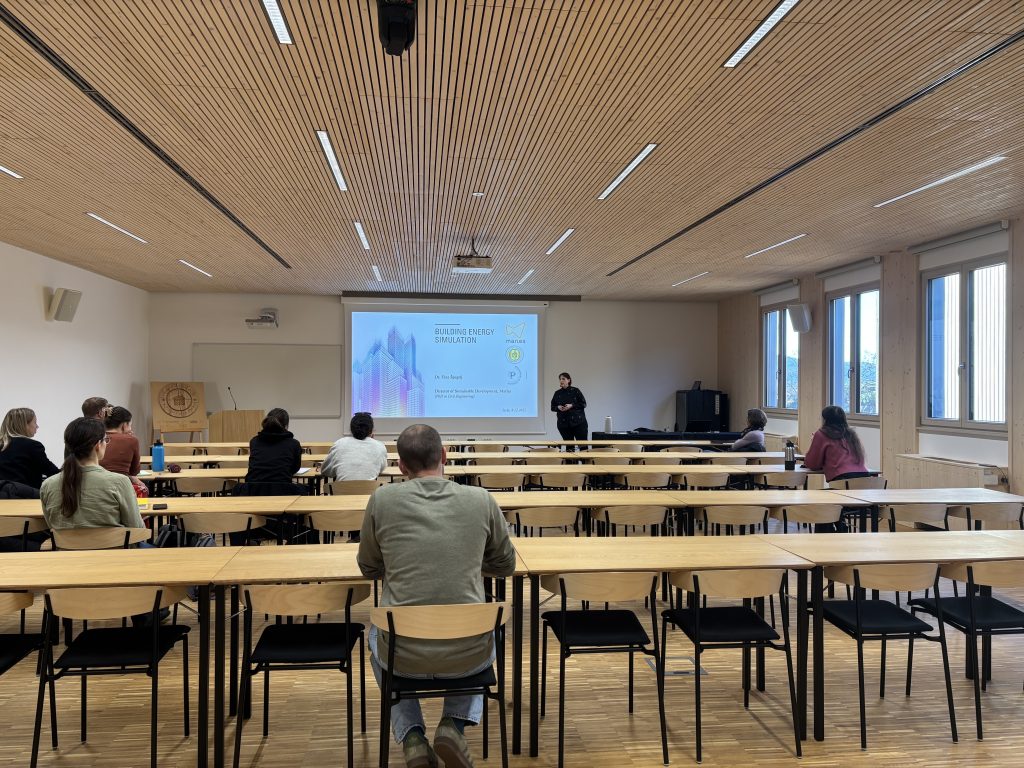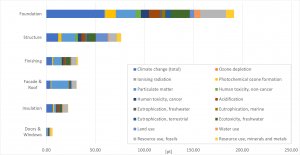
December 10, 2025

Human activities increase greenhouse gases and contribute to climate change. On a short temporal scale, we see highly visible examples of climate change in the increased frequency of extreme weather events like hurricanes, flooding and fires around the globe. While melting sea ice in the Artic and disappearance of glaciers in the mountains do not have such shocking optics, as they occur on a much longer temporal scale, they are important indicators of climate change, which drastically affects human civilization. Therefore, it is important that we reduce our impact and increase the sustainability of our activities and consumption.
Life cycle assessment (LCA) and the EU-recommended Environmental Footprint (EF) analyze the environmental impact of a product throughout its life cycle. This “cradle-to-grave” methodology includes a product’s raw materials, production, manufacturing, transportation, use and disposal. The goal is to use LCA results to make a product more sustainable.
Dr Erwin M. Schau is a researcher at InnoRenew CoE whose research focuses on life cycle assessments, specifically on wood and other bio-based products and systems. Dr Schau conducted an assessment on the new InnoRenew CoE building to estimate its carbon and environmental footprint. A carbon footprint is the total greenhouse gases produced by humans and their activities, organizations and products.
“This is a work in process where we will also look at scenarios for the use, maintenance and end-of-life stages to evaluate the whole life cycle from cradle-to-grave and cradle-to-cradle with reuse and recycling scenarios at end of the building’s life,” says Dr Schau.
The new InnoRenew CoE building is currently being constructed in Izola, Slovenia. It will be 8,200 square meters and the largest timber building in Slovenia when completed. The building will have ten laboratories, offices for up to 90 people and conference rooms. A hybrid combination of timber, concrete and steel is being used to construct the building. The upper floors will be entirely composed of wooden elements.
Dr Schau’s analysis looks at the contributions of the building’s foundation, structure, finishing, façade, roof, insulation, doors and windows to its carbon footprint and environmental footprint.

Normalized and weighted EF 3.0 indicators showing that the foundation (with concrete and reinforcing steel) is a hot spot. Image: Schau et al. 2020*
“I expected that the foundation (with concrete and steel) would contribute a lot to the environmental footprint, but I was surprised that it would dominate the cradle-to-gate environmental footprint, and especially the carbon footprint, to this extent,” says Dr Schau.
InnoRenew CoE will plant 3,000 native oak trees in Izola in cooperation with the Municipality of Izola and the Slovenian Department of Forestry. Over the course of their lifetime, these trees will sequester 2,647 tons of carbon dioxide and offset the carbon footprint of the InnoRenew CoE building.
* Schau, E. M., Niemelä, E. P., Kavka, U., & Kutnar, A. (2020). Life Cycle Assessment of the New InnoRenew CoE Research Building. (S. LeVan-Green, Ed.), Society of Wood Science and Technology (SWST) 63rd International Convention. Portorož, Slovenia. Retrieved from https://www.swst.org/wp/wp-content/uploads/2020/07/71_poster_schau.pdf